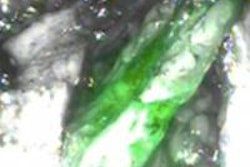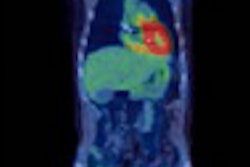Dear Molecular Imaging Insider,
This edition of the Molecular Imaging Insider offers a look at work by Dutch researchers who are using a novel approach to radical prostatectomy by combining a hybrid imaging agent with SPECT/CT to detect lymph nodes and guide robot-assisted surgery.
While there is some hope the technique eventually could be beneficial, early results show some deficiencies and more technological improvements are needed to advance the use of radiotracers, imaging modalities, and robotic surgery. Read more about the study by clicking here.
In the U.K., the Royal College of Radiologists (RCR) and Royal College of Physicians have published revised recommendations on the best use of PET/CT. The 34-page document can be downloaded free of charge from the RCR's website, and it includes a comprehensive bibliography.
Spanish researchers have found that patients injected with radiopharmaceuticals for nuclear medicine procedures continue to give off radiation after their scans are completed. In their published study, they recommend steps to take to reduce the public's exposure to these individuals until the radiopharmaceuticals decay. Learn more here.
Also from the U.K., comes a study that found cardiovascular MRI is a better prognosticator of risk than SPECT for serious cardiovascular events, regardless of a person's risk factors, angiography results, or initial treatment.
In addition, cardiovascular MRI is a "robust alternative" to SPECT for predicting patient outcome in terms of major adverse cardiac events. The findings add "further weight to the growing evidence base for cardiovascular MRI in the diagnosis and management of patients with suspected coronary heart disease," the authors wrote.
We also have an article on nonuniform irradiation -- or dose painting -- which could be a more effective treatment for radiobiologically heterogeneous tumors. The idea is to prescribe a nonuniform dose distribution to the tumor, based on image-guided identification of potentially radioresistant biological target volumes.
And, in a new development, we report on a unique transformable PET system that images both during and after irradiation. The miniature OpenPET prototype was developed by researchers from the National Institute of Radiological Sciences in Chiba, Japan, led by Taiga Yamaya, PhD.
Be sure to visit the Molecular Imaging Community on a daily basis to stay informed on the latest news and research from around the continent and the world.




















